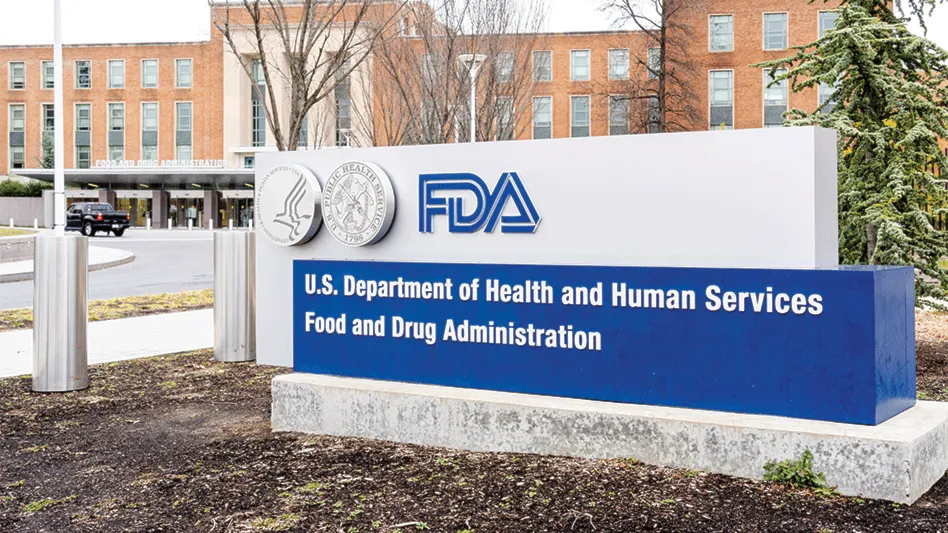
In the largest study of its kind, an international team of experts led by Newcastle University, UK, has shown that both organic milk and meat contain around 50% more beneficial omega-3 fatty acids than conventionally produced products.
Analyzing data from around the world, the team reviewed 196 papers on milk and 67 papers on meat and found clear differences between organic and conventional milk and meat, especially in terms of fatty acid composition, and the concentrations of certain essential minerals and antioxidants.
Publishing their findings in the British Journal of Nutrition, the team says the data show a switch to organic meat and milk would go some way towards increasing our intake of nutritionally important fatty acids.
"Omega-3s are linked to reductions in cardiovascular disease, improved neurological development and function, and better immune function,” said Newcastle University Professor of Food and Human Nutrition Chris Seal. "Western European diets are recognized as being too low in these fatty acids and the European Food Safety Authority (EFSA) recommends we should double our intake. But getting enough in our diet is difficult. Our study suggests that switching to organic would go some way towards improving intakes of these important nutrients."
The systematic literature reviews analyzed data from around the world and found that organic milk and meat have more desirable fat profiles than conventional milk and meat. Most importantly, a switch from conventional to organic would raise omega-3 fat intake without increasing calories and undesirable saturated fat. For example, half a litre of organic full fat milk (or equivalent fat intakes from other dairy products like butter and cheese) provides an estimated 16% (39 mg) of the recommended, daily intake of very long-chain omega-3, while conventional milk provides 11% (25 mg).
Other positive changes in fat profiles included lower levels of myristic and palmitic acid in organic meat and a lower omega-3/omega-6 ratio in organic milk. Higher levels of fat soluble vitamins such as vitamin E and carotenoids and 40% more CLA in organic milk were also observed.
The study showed that the more desirable fat profiles in organic milk were closely linked to outdoor grazing and low concentrate feeding in dairy diets, as prescribed by organic farming standards.
The two new systematic literature reviews also describe recently published results from several mother and child cohort studies linking organic milk and dairy product consumption to a reduced risk of certain diseases. This included reduced risks of eczema in babies.
"People choose organic milk and meat for three main reasons: improved animal welfare, the positive impacts of organic farming on the environment, and the perceived health benefits. But much less is known about impacts on nutritional quality, hence the need for this study,” said Newcastle University's Professor Carlo Leifert, who led the studies. "Several of these differences stem from organic livestock production and are brought about by differences in production intensity, with outdoor-reared, grass-fed animals producing milk and meat that is consistently higher in desirable fatty acids such as the omega-3s, and lower in fatty acids that can promote heart disease and other chronic diseases."
The study also found 74% more iodine in conventional milk which is important information, especially for UK consumers, where iodized table salt is not widely available.
Iodine is low in most foods, except seafood, and the World Health Organisation (WHO) recommends Iodine fortification of table salt to address this. Iodine fortification of cattle feeds is also widely used to increase iodine concentrations in both organic and conventional milk.
"There is a relatively narrow margin between dietary Iodine deficiency (<140 µg/day) and excessive intakes (> 500 µg/day) from our diet which can lead to thyrotoxicoxis,” said Gillian Butler, co-author and senior lecturer in animal nutrition at Newcastle University. "Optimising iodine intake is therefore challenging, since globally there seems to be as much concern about excessive rather than inadequate intake."
Latest from Quality Assurance & Food Safety
- FDA Issues Update on Post-Market Assessment of Tara Flour
- ASI Announces Training Partnership with Rootwurks
- Nfinite Nanotech Closes $6.5 Million Seed Financing to Create Flexible Food Packaging with Nanotechnology
- University of Pretoria Food Science Student Wins IFT and PepsiCo’s Academic and Travel Undergraduate Hybrid Scholarship
- Kraft Natural Cheese and Shawn Johnson East Celebrate Launch of Kraft Signature Shreds
- Natural Sourcing International Announces Voluntary Recall of Black Chia Seeds
- PTNPA's DC Fly-In Connects Members with Policymakers
- Breck Partners Acquires NPX One





